

- RFQ
- BOM
-
Contact Us
Tel: +86-0755-83501315
Email: sales@sic-components.com
- Chinese
- English
- French
- German
- Portuguese
- Spanish
- Russian
- Japanese
- Korean
- Arabic
- Irish
- Greek
- Turkish
- Italian
- Danish
- Romanian
- Indonesian
- Czech
- Afrikaans
- Swedish
- Polish
- Basque
- Catalan
- Esperanto
- Hindi
- Lao
- Albanian
- Amharic
- Armenian
- Azerbaijani
- Belarusian
- Bengali
- Bosnian
- Bulgarian
- Cebuano
- Chichewa
- Corsican
- Croatian
- Dutch
- Estonian
- Filipino
- Finnish
- Frisian
- Galician
- Georgian
- Gujarati
- Haitian
- Hausa
- Hawaiian
- Hebrew
- Hmong
- Hungarian
- Icelandic
- Igbo
- Javanese
- Kannada
- Kazakh
- Khmer
- Kurdish
- Kyrgyz
- Latin
- Latvian
- Lithuanian
- Luxembou..
- Macedonian
- Malagasy
- Malay
- Malayalam
- Maltese
- Maori
- Marathi
- Mongolian
- Burmese
- Nepali
- Norwegian
- Pashto
- Persian
- Punjabi
- Serbian
- Sesotho
- Sinhala
- Slovak
- Slovenian
- Somali
- Samoan
- Scots Gaelic
- Shona
- Sindhi
- Sundanese
- Swahili
- Tajik
- Tamil
- Telugu
- Thai
- Ukrainian
- Urdu
- Uzbek
- Vietnamese
- Welsh
- Xhosa
- Yiddish
- Yoruba
- Zulu
- Kinyarwanda
- Tatar
- Oriya
- Turkmen
- Uyghur
Active Components VS. Passive Components
Active components usually refer to components that can perform data calculation and processing, such as active crystals, integrated circuits, image tubes, and displays. In addition, diodes, bipolar junction transistors (BJTs), metal-oxide-semiconductor field-effect transistors (MOSFETs) and other semiconductor components also belong to active components. When such components are in operation, there needs to be a power supply inside. They have gain or function depending on the direction of the current, and are often used for signal amplification and conversion. When the voltage changes, their resistance and impedance will change.
Passive components generally refer to circuit components that do not affect the basic characteristics of the signal and only allow the signal to pass through without modification, including ceramic resonators, crystal oscillators, transformers, capacitors, resistors, inductors, terminals, etc. They have the characteristics of not consuming electrical energy themselves or converting electrical energy into other forms of energy. They only need an input signal and can work properly without an external power supply. When the voltage changes, their resistance and impedance usually do not change accordingly.
The differences between active and passive components are as follows:
1.Different working characteristics
Active components: They need a power supply to show their characteristics.
Passive components: They have the property of not consuming electrical energy themselves or converting electrical energy into other forms of energy. They only need an input signal and can work properly without an external power supply.
2.Different functions
Active components: Generally used for signal amplification, conversion, etc.
Passive components: Used for signal transmission or "signal amplification" through directionality.
3.Different changes
Active components: When the voltage changes, the resistance and impedance will change.
Passive components: When the voltage changes, the resistance and impedance will not change.
From the perspective of circuit properties, passive components have two basic characteristics:
1.They do not consume electrical energy themselves or convert electrical energy into other forms of energy.
2.They only need an input signal and can work properly without an external power supply.
SIC's active components include various semiconductor devices such as transistors, integrated circuits, and diodes. These components are crucial for amplifying and controlling electrical signals in circuits, making them an indispensable part of electronic design and development.
On the other hand, our passive components consist of resistors, capacitors, inductors, and transformers. They play a vital role in regulating, filtering, and storing electrical energy in circuits. These elements are fundamental building blocks of electronic circuits and are essential for ensuring optimal performance and functionality.
Both our active and passive components focus on quality and reliability. They are manufactured to meet industry standards and offer outstanding performance in a wide range of applications. Whether you're working on consumer electronics, industrial equipment, or automotive systems, our components are designed to meet your specific requirements and can be seamlessly integrated into your electronic designs.
https://www.sic-components.com

Hot Products
View MoreRelated Blogs

2000+
Daily average RFQ Volume

30,000,000
Standard Product Unit

2800+
Worldwide Manufacturers

15,000 m2
In-stock Warehouse



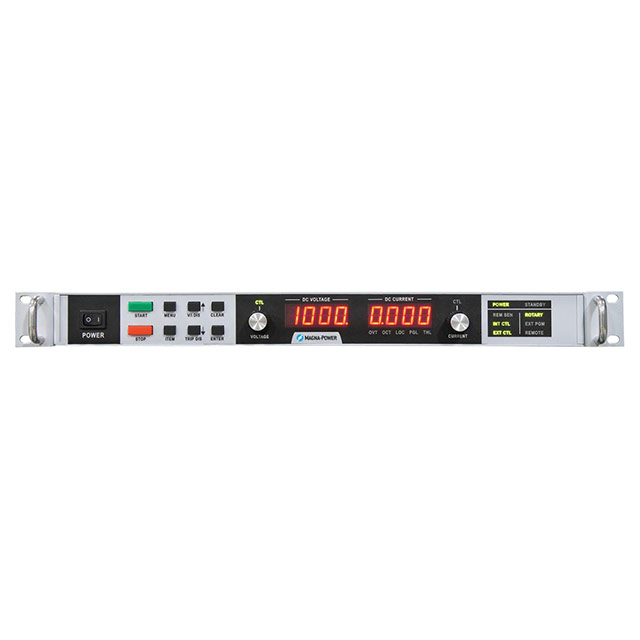
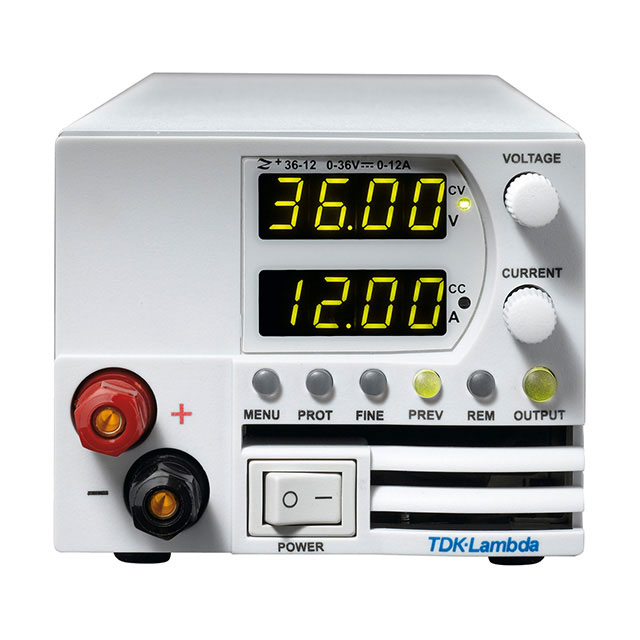
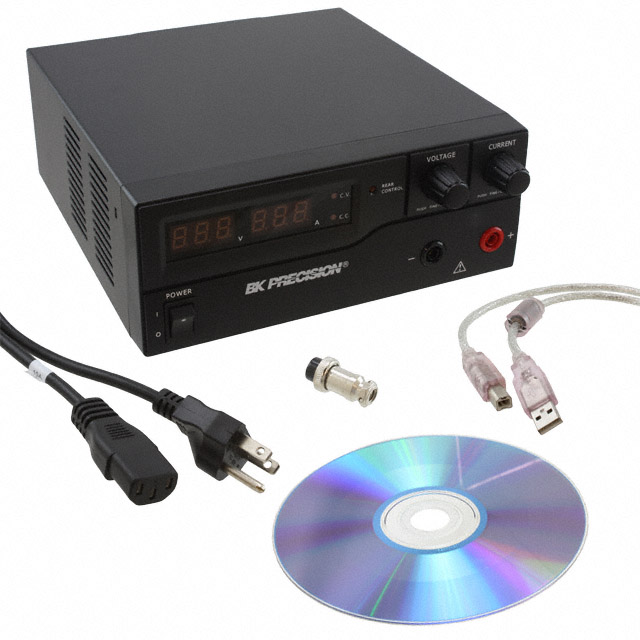
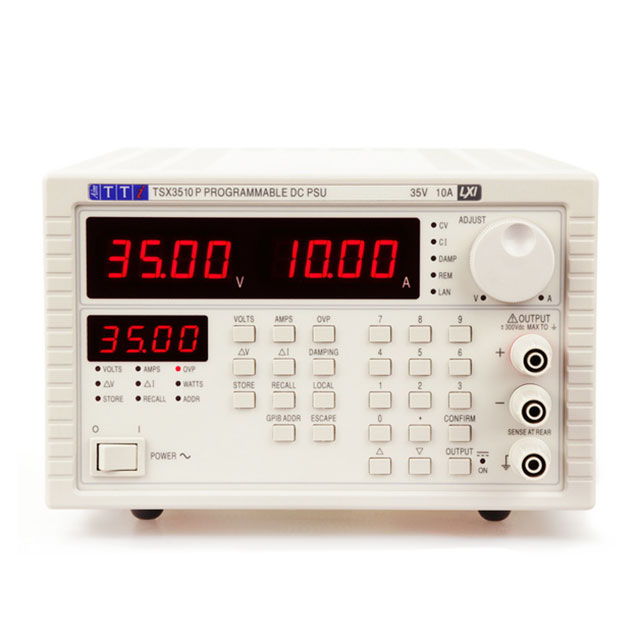

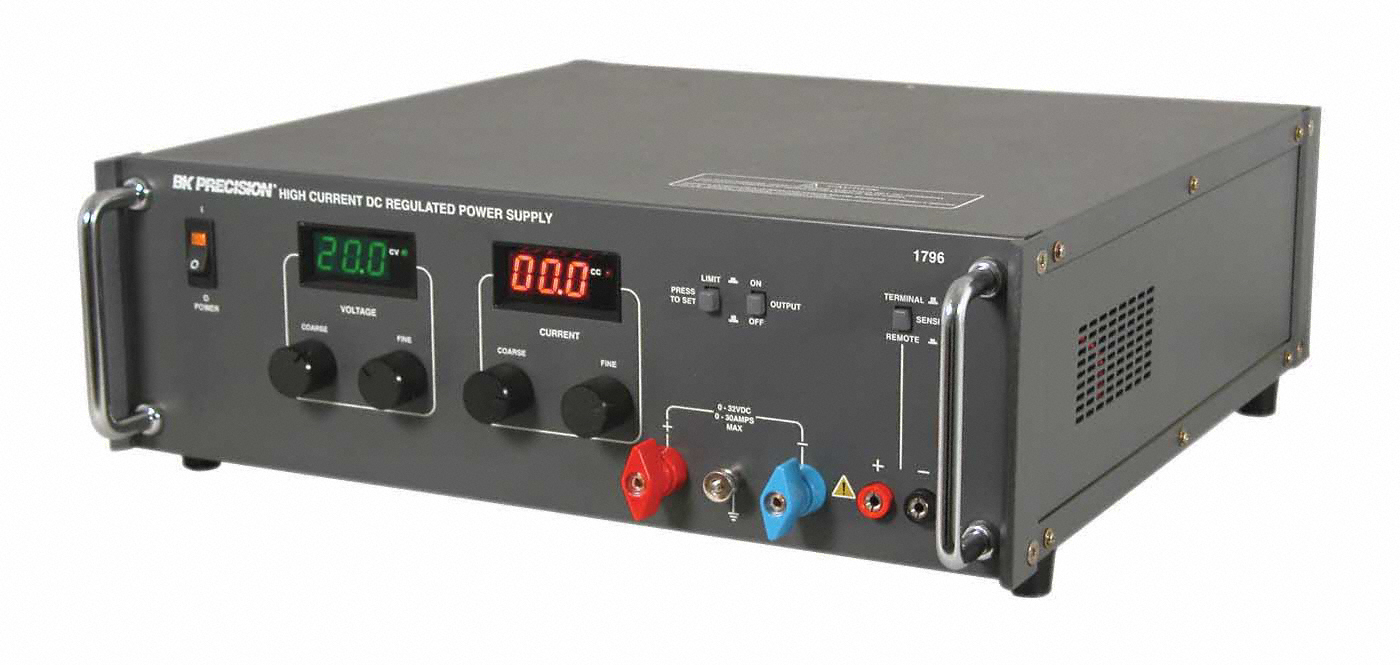
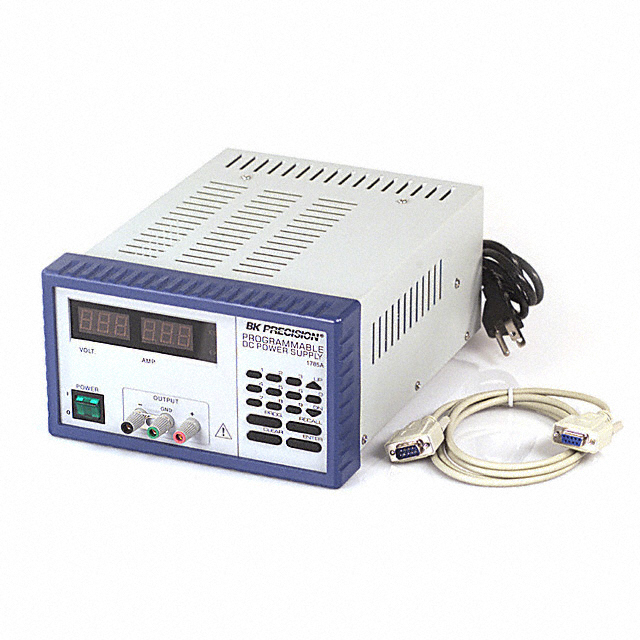
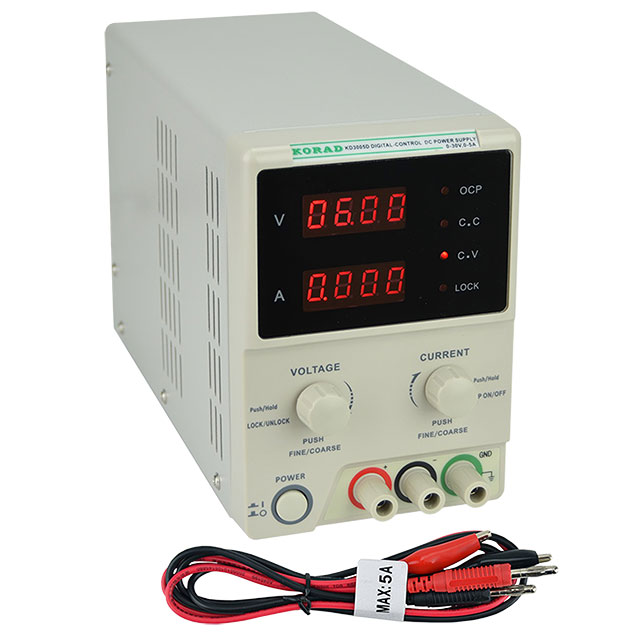
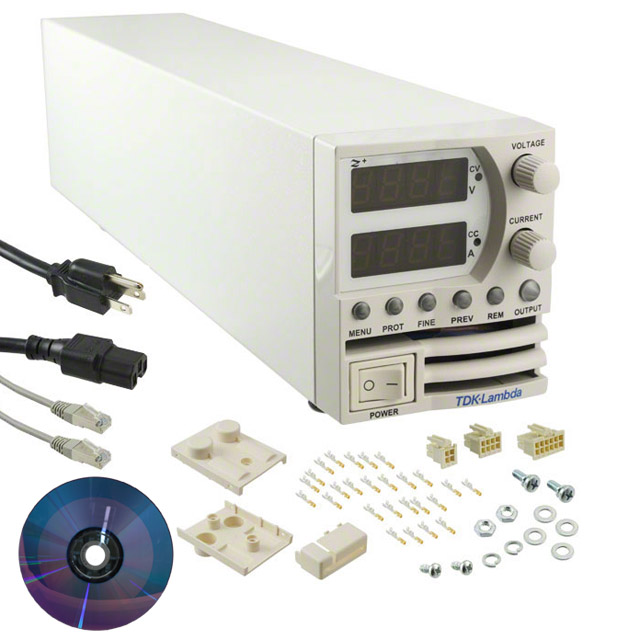
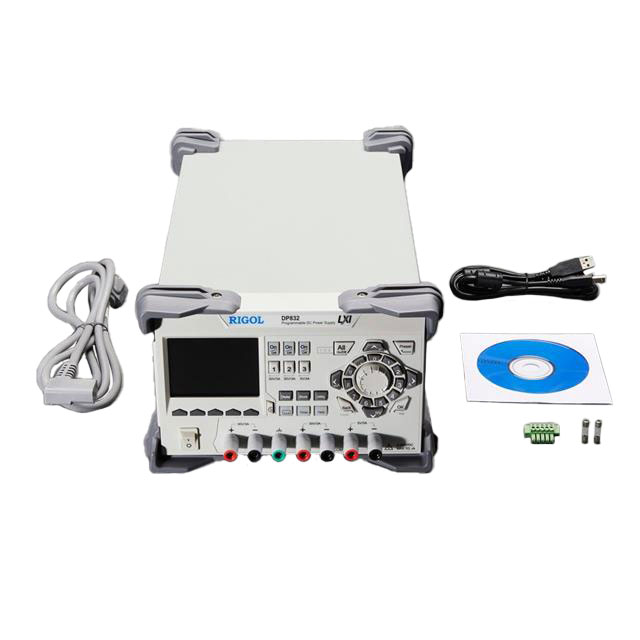









 Wishlist (0 Items)
Wishlist (0 Items)